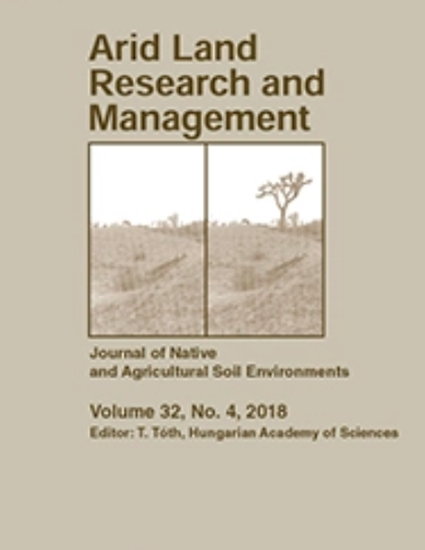
Article
Probable origin of laterally coalesced nabkas and adjacent bare lanes at Dugway Proving Ground, Utah, USA
Arid Land Research and Management
(2005)
Abstract
Unvegetated soil surface patterns 1 to 3 m wide, between 10 to over 1,000 long, slightly curved to strongly sinuous, and usually parallel, were found to cover about 400 km 2 in and near Dugway Proving Ground, western Utah, USA. In the only previously published reference to these features, they were called "desert ripples" and described as "small transverse clay dunes with intervening caliche troughs." Contemporary world-wide literature reviews of banded vegetation and desert geomorphology indicates that "nabka" is the preferred label for the mounded features. The adjacent bare lanes are apparently unique. That previous article asserted that the combined features were caused by wind erosion...
Disciplines
Publication Date
2005
DOI
https://doi.org/10.1080/15324980590951397
Citation Information
Neil E. West. "Probable origin of laterally coalesced nabkas and adjacent bare lanes at Dugway Proving Ground, Utah, USA" Arid Land Research and Management Vol. 19 Iss. 3 (2005) p. 241 - 255 Available at: http://works.bepress.com/neil_west/23/
